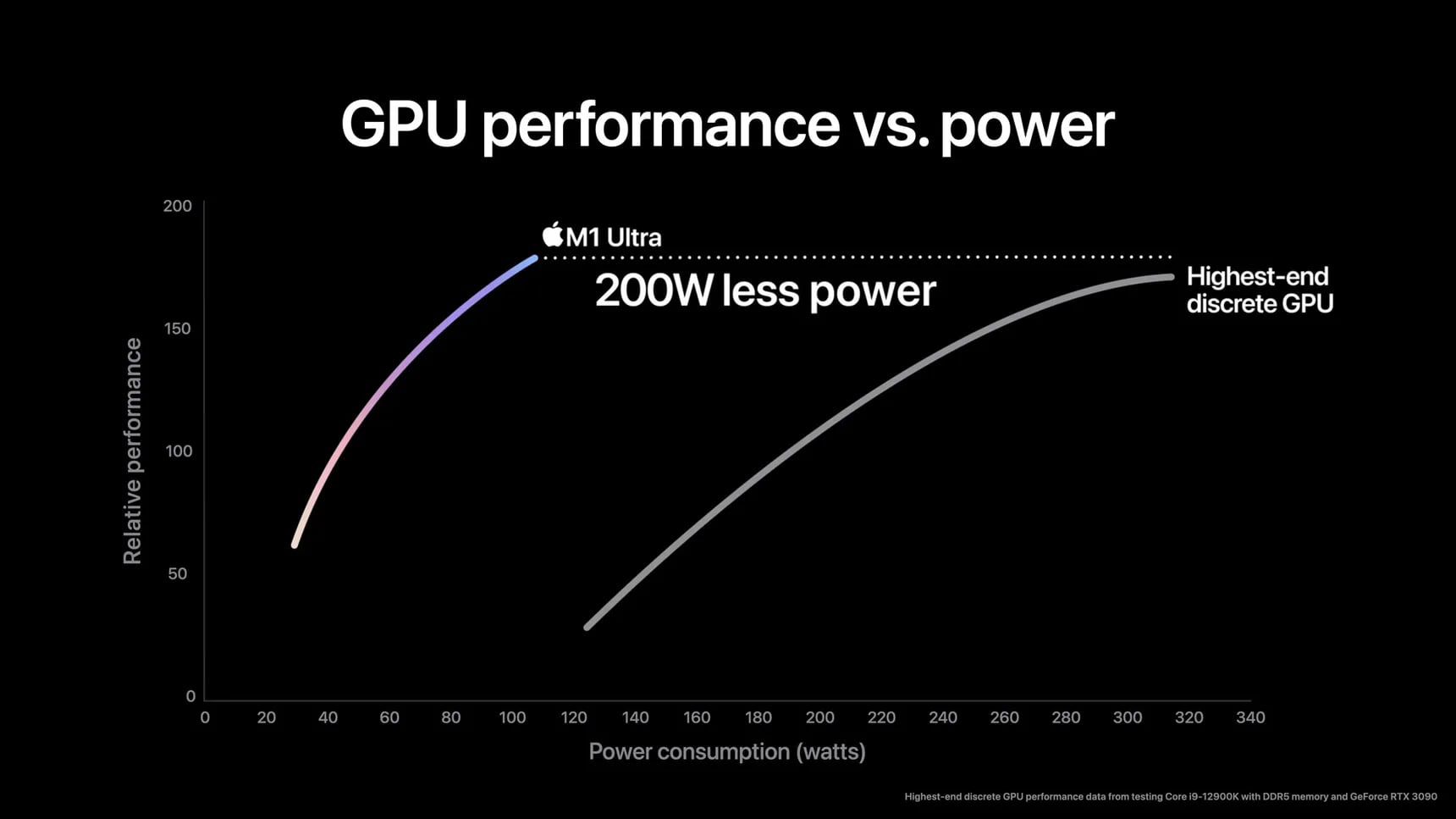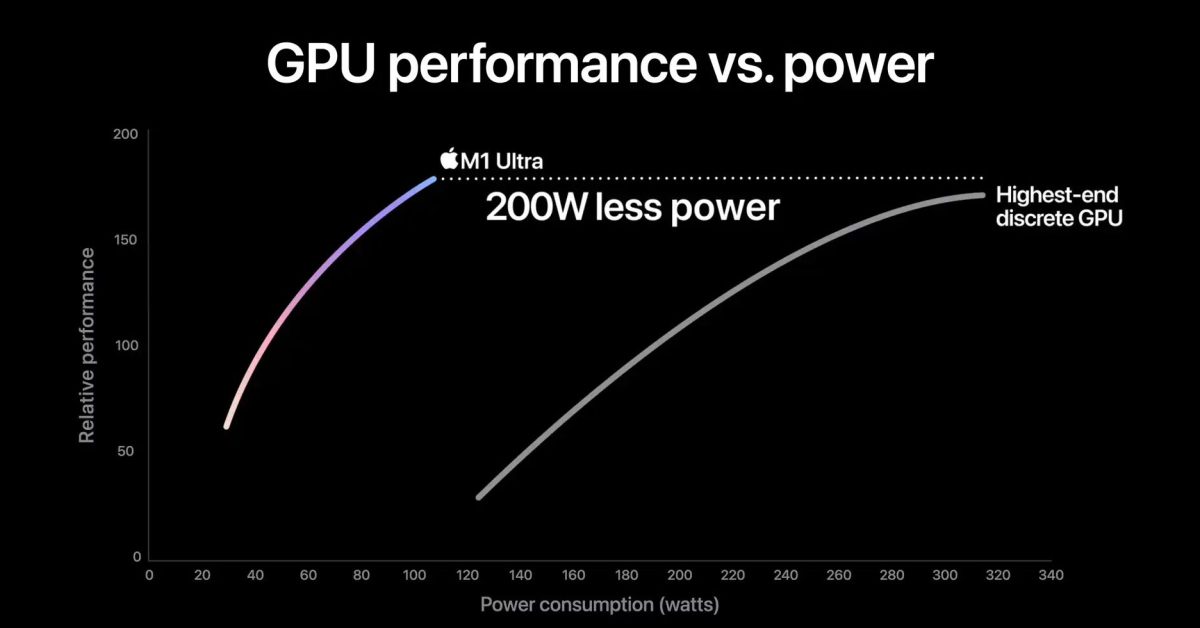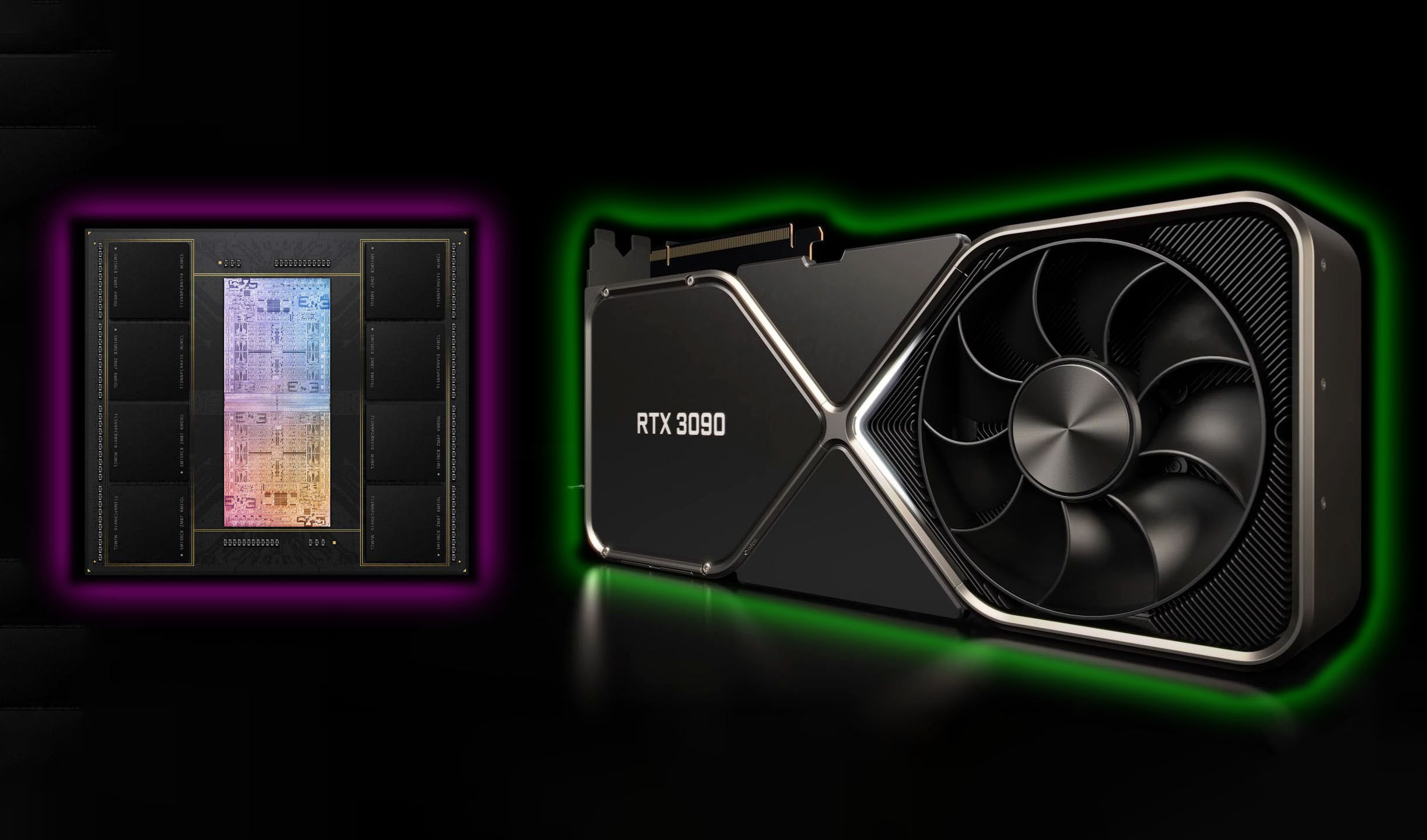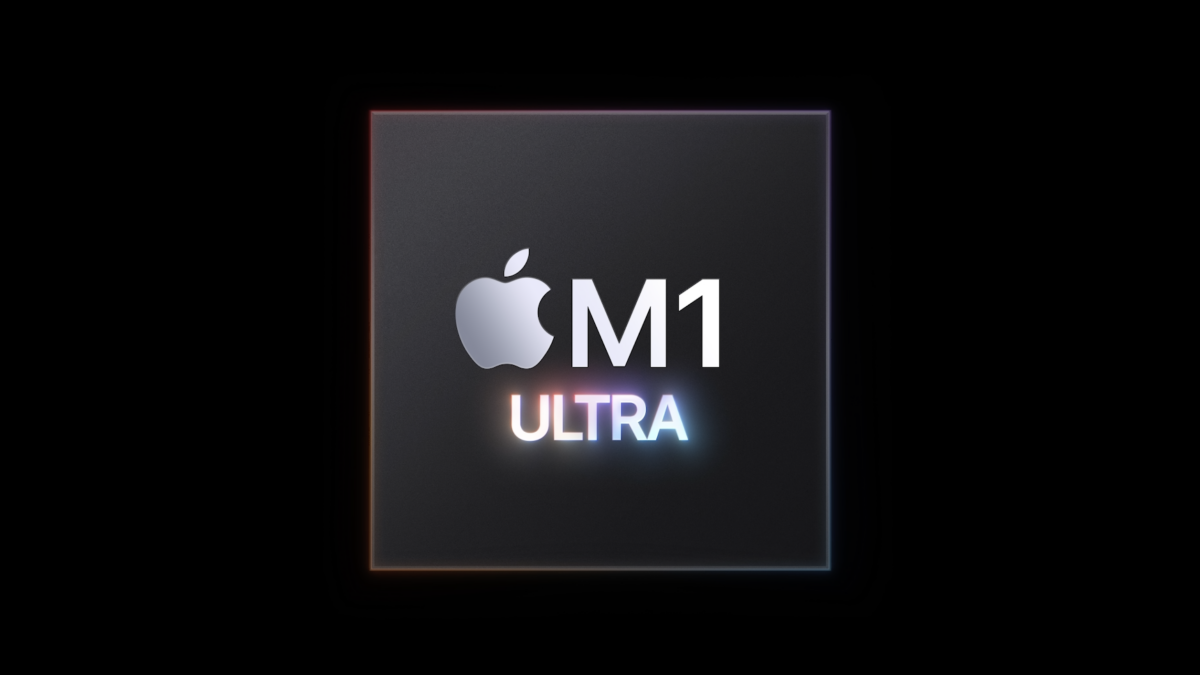I would bet Intel's Meteor Lake CPU for laptop will perform better than Apple's M3, with power efficiency improvement significant from last time (from Intel 7 to Intel4). In fact, Intel's follow on chip will be competitive with any ARM chip for server in power efficiency, and better performance, thus the threat from ARM will be disappeared. Intel was spending $7B/quarter to improve the fab, the cost to make chip will be lower than TSMC ( Apple's). Intel's future is far brighter than and chip design companies like AMD or NVDA, and Apple, with US government chip-act help, no other foreign designer can be more competitive than Intel.









